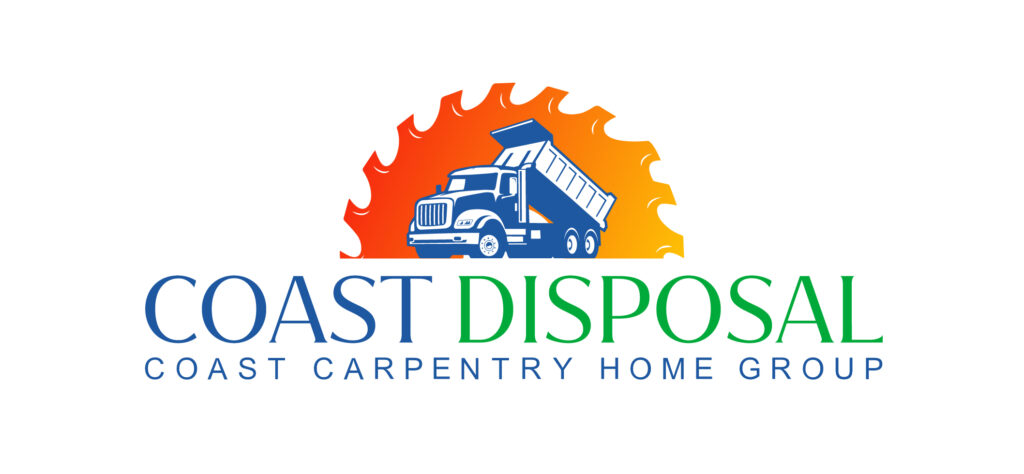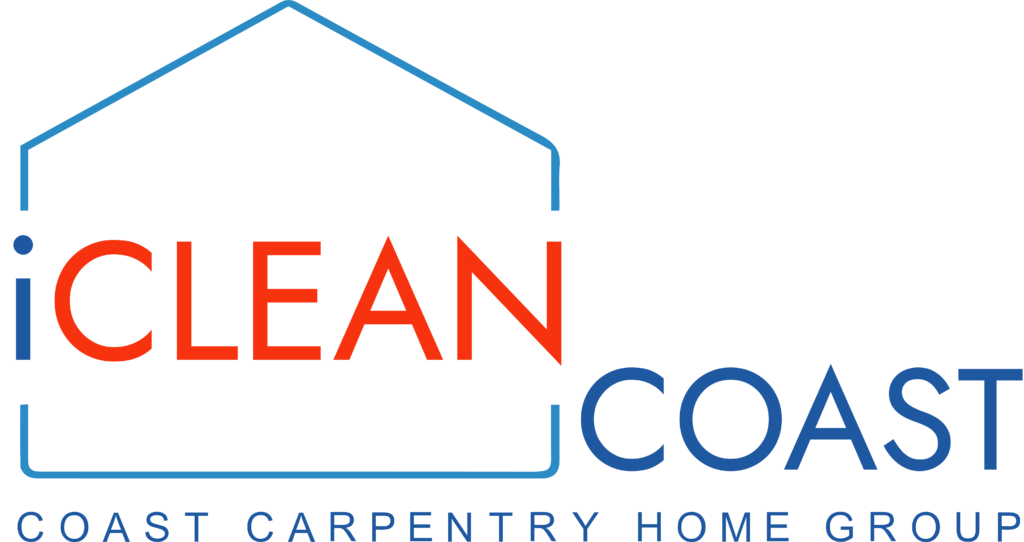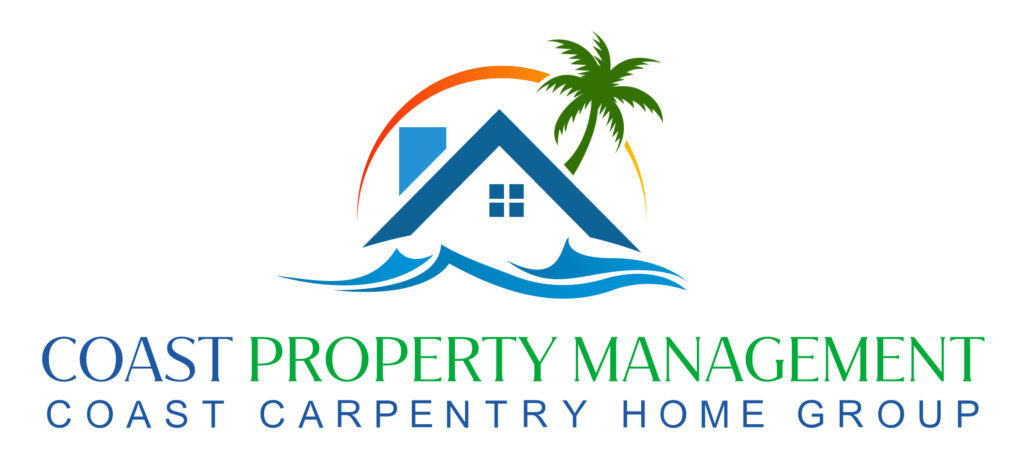Home additions can dramatically transform properties, offering homeowners the opportunity to expand, enhance, and adapt their living spaces to better suit their evolving needs and preferences. Whether it’s creating a larger kitchen, adding a new bedroom, or expanding your outdoor living space, home additions not only increase your home’s usability and comfort but also significantly boost its market value. With the right planning and execution, a well-thought-out home addition can be a sound investment that pays off both financially and in terms of overall quality of life.
Coast Carpentry Construction, an industry leader in home addition projects in the Cape Cod-MA area, understands the importance of precision, creativity, and collaboration when it comes to expanding living spaces. Their team of experienced professionals is committed to helping homeowners explore various home addition options, guiding them through the entire process, and ensuring a seamless integration of the new addition into the existing home structure.
In this comprehensive guide, we will delve into the benefits, available options, and key planning and design considerations of embarking on a home addition project. We will explore the importance of establishing clear objectives and budgetary constraints, selecting an experienced contractor, obtaining required permits, and choosing the right building materials. This guide is here to assist you in navigating the complex world of home additions, equipping you with the knowledge, confidence, and insights necessary to make informed decisions and successfully complete your project.
Alongside this guide, our content strategy will include additional articles focusing on specific types of home additions, design trends, construction tips, and valuable advice from industry experts. Each of these articles will support your decision-making process and provide relevant, educational, and engaging information to ensure the success of your home addition project.
Types of Home Additions: Exploring Your Options
There are various types of home additions to accommodate different needs, preferences, and budget constraints. Understanding the range of possibilities will ensure you select an option that aligns with your specific goals. Some popular home addition types include:
- Conventional (Full-Size) Additions: This option involves a multistory extension connected to the main structure, providing a seamless transition between the existing home and the new space. Full-size addition possibilities include adding a new master suite, expanding your kitchen, or creating a new living room.
- Bump-Out Additions: If a full-size addition is beyond your budget, a bump-out can provide a smaller-scale expansion by extending a room or area of your home by a few feet. Common bump-out additions include expanding a dining area, creating a spacious home office, or enlarging a laundry room.
- Sunroom or Four-Season Room Additions: These versatile spaces can provide year-round enjoyment and extend your living area. Ideal for relaxation or entertaining, sunroom additions offer an abundance of natural light and comfort in various weather conditions.
- Second-Story Additions: Adding an entire floor to your home can significantly increase your living space. Possible uses for a second-story addition include new bedrooms, a secluded master suite, or additional entertainment spaces.
Planning and Design Considerations: Laying the Foundation for Success
A well-executed home addition requires meticulous planning and design to ensure seamless integration, optimal functionality, and increased property value. Some essential planning and design considerations include:
- Establish Your Objectives: Clearly defining your goals for the home addition will help you make informed decisions throughout the project, ensuring the end result meets your expectations and needs.
- Determine Your Budget: Establishing a realistic budget upfront is essential for determining the scope and feasibility of your project. Allocate a contingency fund for unforeseen expenses and consider factors such as permits, construction materials, and labor costs.
- Obtain Necessary Permits: Home additions often require building permits and may involve zoning regulations or other local restrictions. Consult with your contractor or local building department to ensure compliance with all requirements.
- Choose the Right Materials: Select materials that complement your existing home while providing durability, energy efficiency, and aesthetic appeal.
- Consider the Long-Term Investment: A home addition should yield a return on your investment, both in terms of enhanced living experience and increased property value. Evaluate factors such as resale potential, neighborhood market trends, and estimated construction costs to ensure a positive return.
Partnering with an Experienced Contractor: The Key to Quality Results
Collaborating with a skilled and knowledgeable contractor is critical to the success of your home addition project. Selecting the right contractor will ensure a smooth process from conception to completion. Here are some tips to help you choose the ideal contractor:
- Check Qualifications and Credentials: Ensure the contractor is licensed, insured, and experienced in home addition projects, particularly in your project’s specific scope and requirements.
- Examine Their Portfolio: Review the contractor’s portfolio to evaluate the quality of their work and ensure their style aligns with your vision.
- Look for Communication: Choose a contractor who is responsive, transparent, and provides clear communication throughout the project.
- Seek References and Testimonials: Request references from previous clients and check online reviews to gauge the contractor’s reputation for quality workmanship and customer satisfaction.
Navigating the Home Addition Process: Steps to a Successful Project
Successfully completing a home addition requires attention to detail, organization, and a clear understanding of the project’s progression. Below are essential steps to navigate the home addition process:
- Develop a Plan: Collaborate with your contractor to create a detailed plan, including blueprints, timelines, and budget projections.
- Secure Financing: Determine an appropriate financing method, such as home equity loans, personal loans, or cash savings, to fund your project.
- Obtain Permits and Approvals: Ensure compliance with all necessary building codes, permits, and approvals before construction begins.
- Prepare the Site: Clear the construction area and establish necessary utilities and access for the project.
- Begin Construction: Follow the approved plan and timeline, maintain open communication with your contractor, and stay actively involved in the process.
Maximize Your Home’s Potential with a Well-Planned Addition
Home additions provide an exciting opportunity to expand your living space, enhance your property’s value, and adapt your home to accommodate your evolving needs and preferences. By understanding the various types of home additions, engaging in thorough planning and design, partnering with an experienced contractor, and actively participating in the process, you can ensure a successful and rewarding home addition project.
Begin the transformative journey of maximizing your living space and property value with a well-executed home addition. Contact the professionals at Coast Carpentry Construction to discuss your vision and discover the possibilities awaiting your Cape Cod-MA area home.







